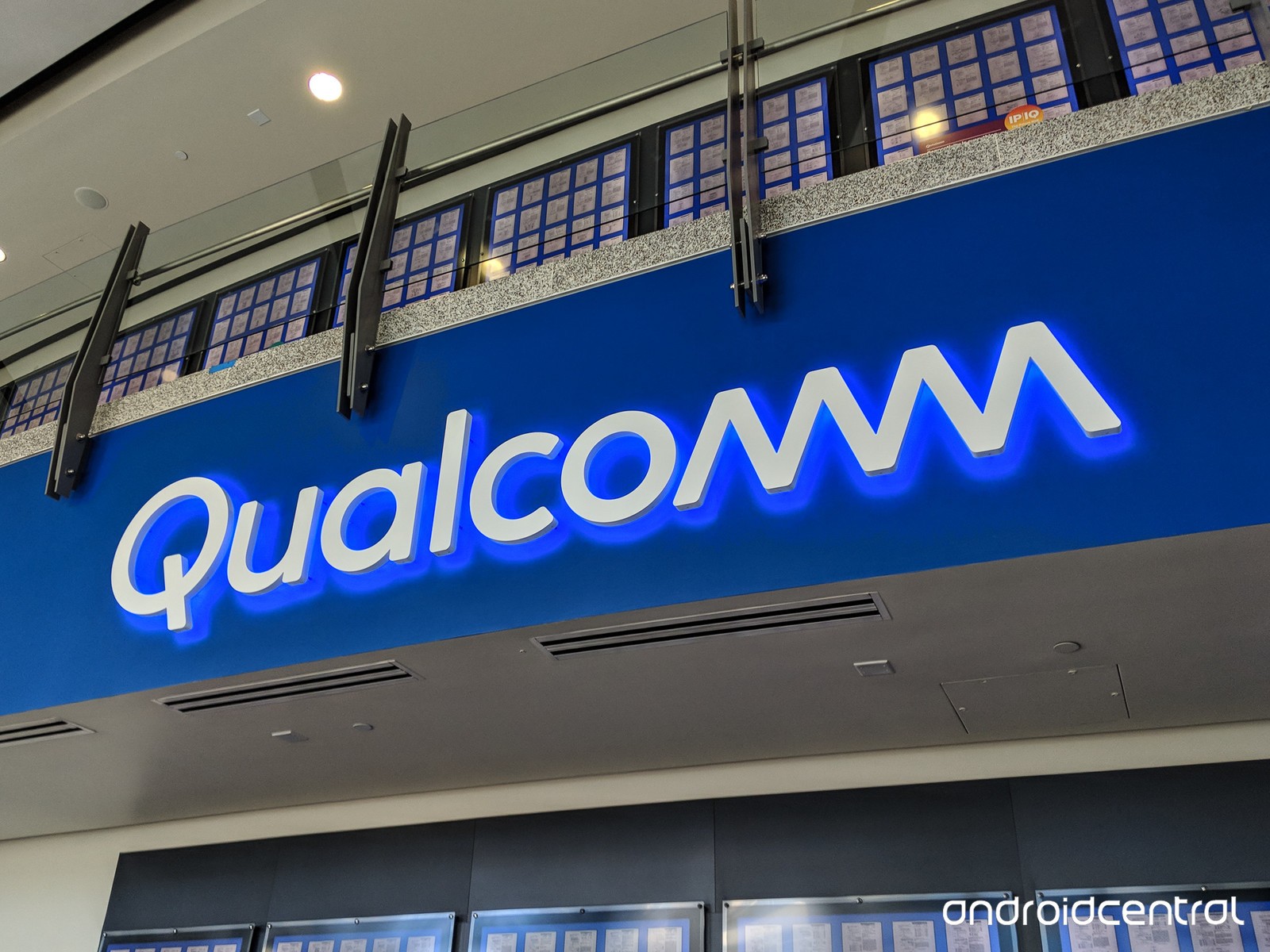
Mobile chip giant Qualcomm is doubling down on the IoT with its newly announced Vision Intelligence Platform. The platform is purpose-built for IoT devices based off of two new system-on-chips (SoCs).
The chips, known as QCS605 and QCS603, are built off a core ARM processor architecture, and come with the company’s AI engine and image signal processor built in. In addition, the platform includes Qualcomm’s advanced camera processing, machine learning (ML), and computer vision software development kits (SDKs). The San Diego-based company is sampling both SoCs to select companies already, and says its customers will likely release products based off of the platform sometime later this quarter.
The platform is designed for IoT devices that need a lot of processing power, such as smart security cameras or robotics. The platform could also power IoT devices in remote locations where network latency makes cloud-based processing challenging — if not impossible. This could include security cameras placed on a cruise ship, or automated machinery in an oil refinery. Interestingly, this follows Qualcomm’s release of Wireless Edge Services — a set of chips and software services for edge computing settings within the IoT — and shows the company wants to give customers as much flexibility as possible to process and analyze data locally.
Qualcomm’s moves within the IoT show it’s unwilling to cede ground to rival semiconductor companies in the fierce battle for the next generation of computing. Although it was a later entrant to the IoT than Intel and has slightly different aims in the space than the PC computing giant, Qualcomm nonetheless likely wants to catch up and replicate Intel’s success in the space — the PC computing giant earned $879 million in IoT revenue last quarter alone.
Nvidia, meanwhile, continues to reveal new processors designed for the type of embedded processing done in low-power sensors and smart meters to supplement its core graphics processing unit (GPU) business that also serves a number of IoT use cases. While each company’s processors have slightly different features and capabilities, they will be coming into direct competition with each other in the coming years, and Qualcomm is clearly looking to maximize its footprint in the IoT as this occurs.
Avots: Business Insider